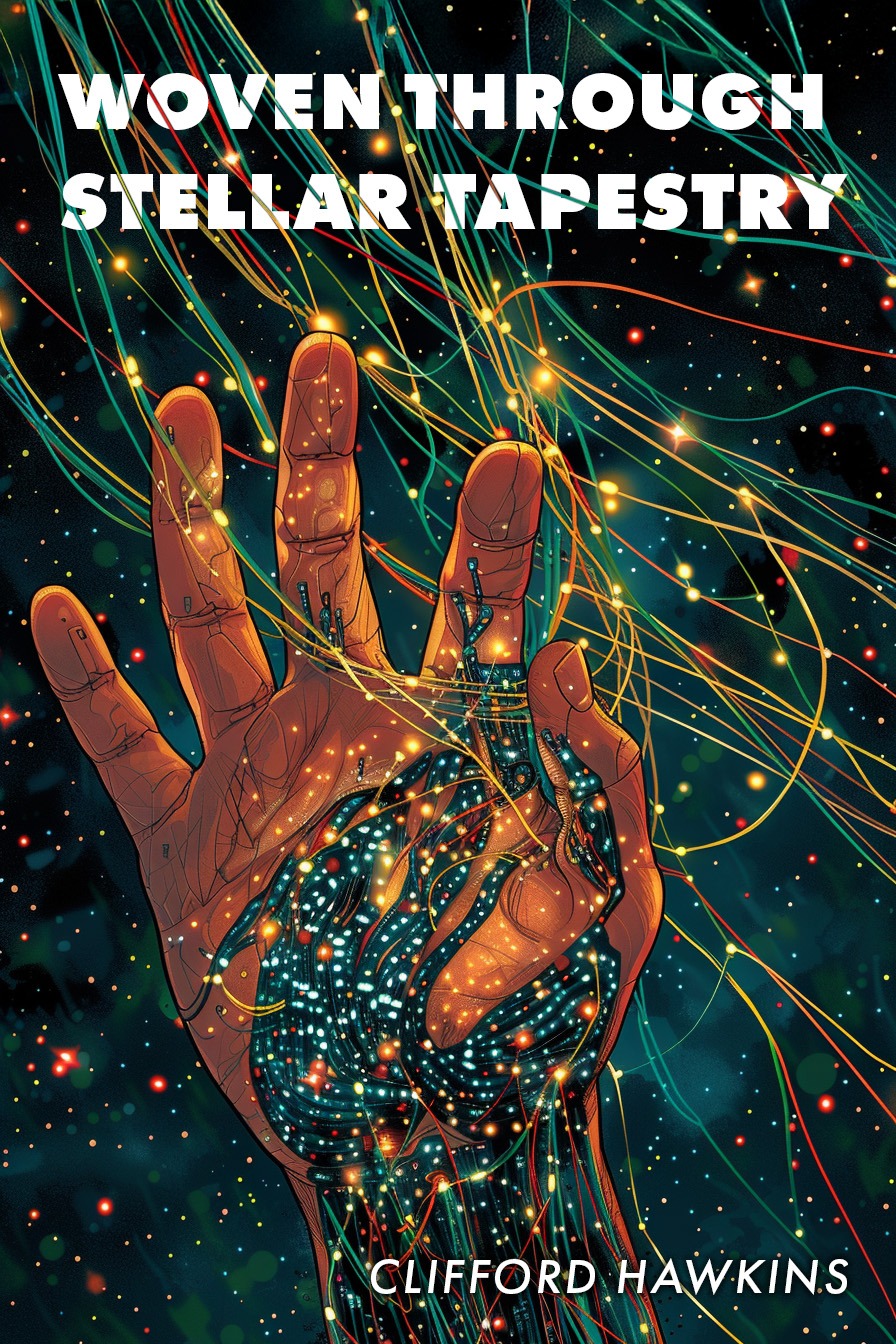Skeptic's ledger
- Inventive coffee gag, thin follow-through
- Chemistry flickers, resolution tepid
- Lots of jargon, little modulation
- Stakes repeat instead of deepen

Data-obsessed astroengineer Vera Santiago has a 29-step plan to stabilize the Orion Spur's fragile wormhole lattice using the Arachne Superarray. When a micrometeor storm knocks out the array's phase clock minutes before a pivotal treaty council uplink, she sprints into Dock H of Nyx Station and straight into Rae Voss's gravity—literally. Rae, tattooed and half-legendary smuggler, is the reluctant Heir of the Tessian Archive, a living key meant to awaken an ancient starship that will choose who guides the Spiral. Rae has spent years outrunning cults, prophecies, and the Archive's whispering shards. Vera only believes in math, modular firmware, and the right torque values. Rae only trusts the burn of a thruster and a fast exit.
Drawn together by a malfunctioning time-skein espresso rig in the Kestrel Cantina that brews across parallel micro-timelines, they start debugging reality between sips of bitter synthroast. Each encounter slips them sideways: a Europa where oceans are sky, a Lagos drifting in orbital rings, a New Tenochtitlan lit by sun-moths. As the Multinet glitches and universes begin to cross-thread, Vera's clean equations tangle with Rae's inheritance. To stitch the tear at the Kármán Reef Nebula, they'll need a stolen Pathfinder coil, a basement full of feral maintenance drones, and trust. Can a woman determined to engineer a future weave it with someone determined to disassemble her destiny?
Skeptic's ledger
Across sideways Europas and orbital Lagoses, the book luxuriates in consequences like phase clocks, wormhole etiquette, and the messy economics of a damaged Multinet. The Arachne Superarray makes sense as an engineering problem, and the time-skein espresso gag becomes a surprisingly sturdy rule engine. Sun-moths over New Tenochtitlan were a tiny, luminous detail, and the Kármán Reef Nebula felt like a place I could chart on a grease-smudged star map. Even when the physics goes a bit misty, the atmosphere holds.
Vera Santiago's engineering brain is a fun lens, all lists, torque values, and a refusal to hand-wave. Rae Voss, prickly and half-myth, keeps dodging the Archive's whispers and everyone else's expectations. Their banter crackles in the Kestrel and on Nyx Station catwalks, but the trust arc toggles on/off too many times for real catharsis. I liked how the book lets Rae's obligation grind against Vera's devotion to clean systems, yet by the time the Kármán Reef Nebula demands cooperation, the emotional math still felt under-solved.
The prose is efficient, but scenes sometimes read like spec sheets, then swing into slangy banter; the register flickers. The structure leans on micro-timeline resets that simulate motion, yet chapter handoffs feel abrupt, and the last stretch repeats the same diagnostic beats. Still, when Vera riffs on torque tolerances or when the Kestrel rig coughs out three brewing outcomes at once, the math sings.
A snazzy glitch-in-the-multiverse setup with Vera and Rae keeps jittering, but momentum sputters and the high-stakes uplink keeps stalling when it should accelerate.